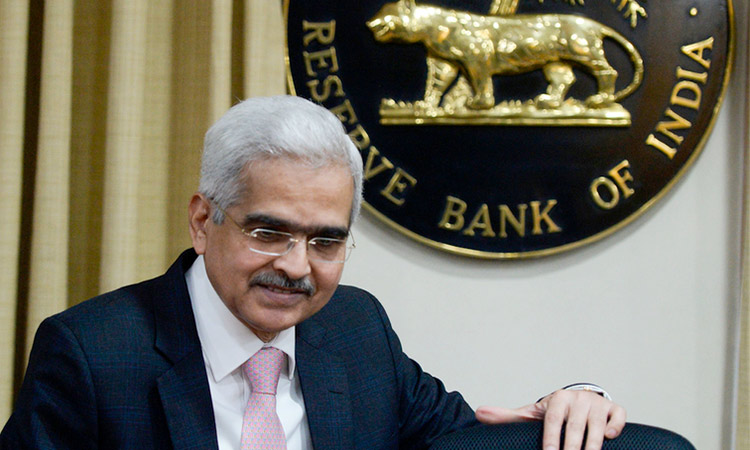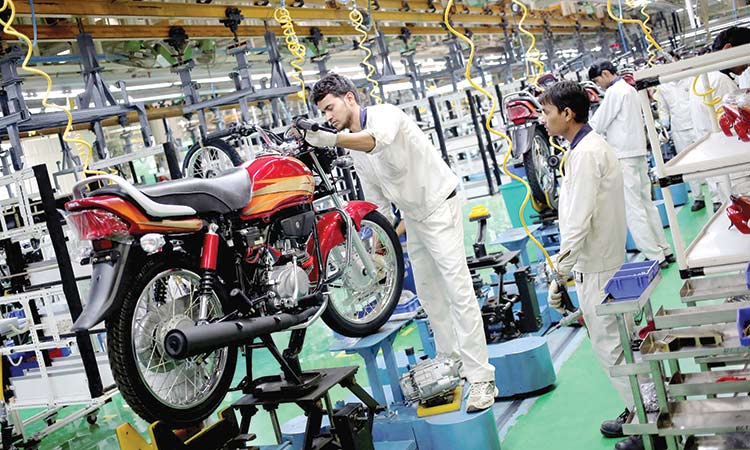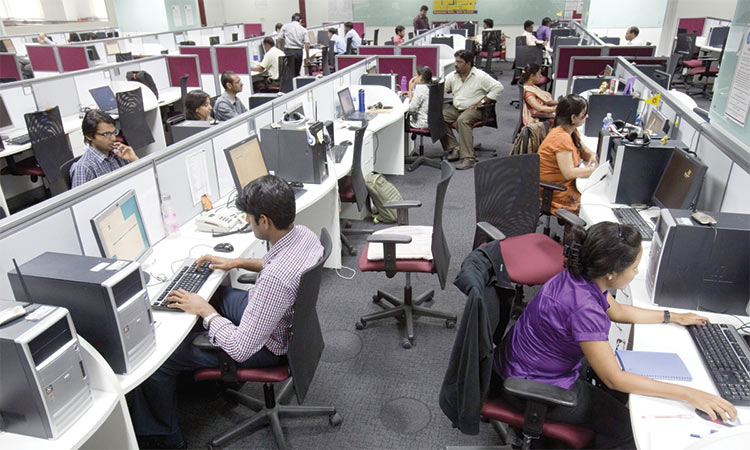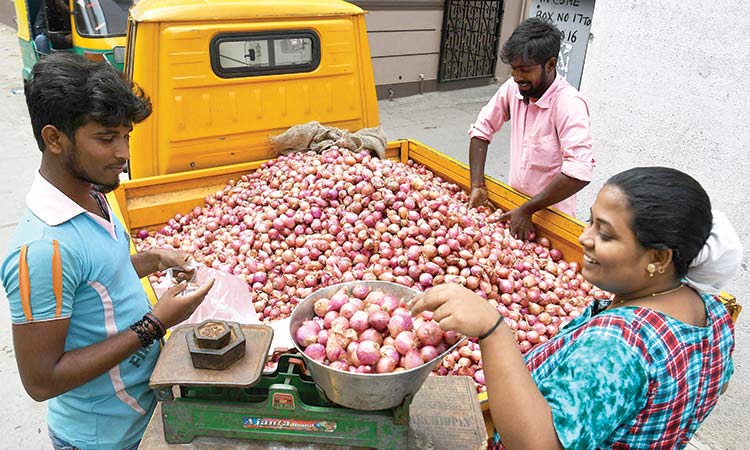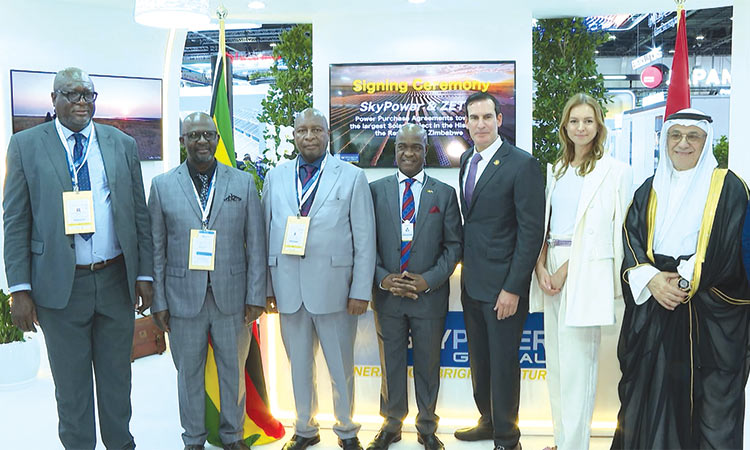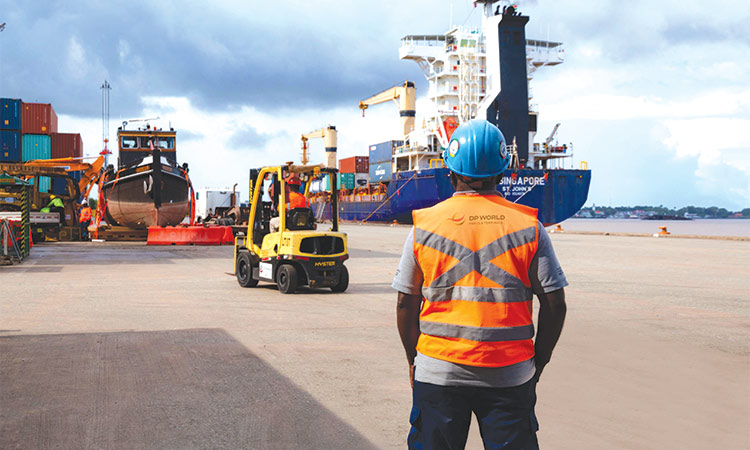India’s tourism sector unaffected by growing economic slowdown
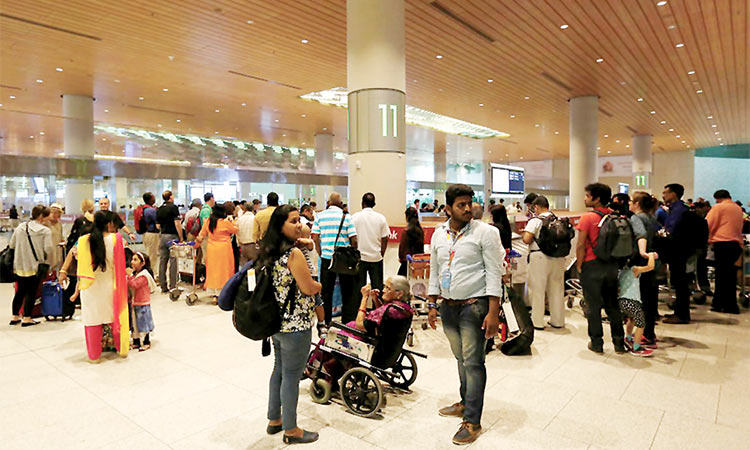
Passengers wait for their luggage at a conveyor belt at the Chhatrapati Shivaji International airport in Mumbai. Reuters
The major factors contributing to the growth of the tourism sector include various government initiatives, such as e-visa, which has helped in attracting more international tourists.
These steps have made India a preferred destination and opened up new horizons of career opportunities in the world of tourism and hospitality.
“The biggest liberalization to make feel tourist welcome had started with simplification of Visa system. With a view to stimulating economic growth, increasing earnings from the export of services like tourism, medical value travel, travel on account of business thereby making India an attractive destination for foreign direct and portfolio investment, the Union Government has approved various measures for liberalization, simplification and rationalization of the visa regime in India,” said Meenakshi Sharma, Director General, Ministry of Tourism.
The measures include liberalization of the e-Visa scheme, Tourist, Business, Medical and Employment visas. New categories of visas such as Intern Visa and Film Visa have been introduced.
These steps have already shown results as the India-bound tourism is growing faster than the world, officials said.
The foreign tourist arrivals in India during 2018 stood at 10.55 million as compared to 10.03 in 2017 registering a growth of 5.2 per cent.
In the six-month period from January- July 2019, a total of 15,34,293 tourists arrived on e-tourist visa as compared to 12,68,077 during January-July 2018.
India has also put in tremendous efforts in promoting its tourism. In the last four years, India has seriously implemented its promotion strategies in branding, advertising, and selling of its tourism potentials.
The “Incredible India 2.0” campaign marks a shift from the generic promotions being undertaken across the world to market specific promotional plans and content creation. The campaign covers the important source markets for Indian tourism and also takes into account emerging markets with significant potential.
Along with it, a new civil aviation policy promoting an almost open sky policy” and the introduction of Regional Connectivity Scheme “UDAN” has started connecting smaller towns and tourist destinations across India.
The sector is now further expecting a boost in tourist footfall as the government has decided to cut GST tax rate on hotel charges.
On September 20, the GST Council tweaked taxes on several products and services, including hospitality. The GST rate for room tariffs of Rs7,500 and above was reduced to 18 per cent from 28 per cent, while those between Rs1,000 and Rs7,500 would have to pay 12 per cent. Hotels with tariffs of less than Rs1,000 do not attract tax as per an earlier decision. Earlier, the slab of Rs2,500-7,500 attracted 18 per cent tax.
India has already moved up six places to rank 34th on World Travel and Tourism Competitive Index 2019 released recently by the World Economic Forum (WEF). And with the United Nations World Tourism Organisation (UNWTO) predicting the country to account for nearly 50 million tourists by 2020, the Indian travel and tourism industry is eyeing a bigger share of the world tourism pie.
Digital payments platform PayTM has recently announced an investment of `250 crore in its travel business over the next six months.
“While large sectors in India there are job cuts, the percentage of tourism jobs has actually risen by 2.9 per cent in past years. Tourism is poised find a place among the top five career options for millennials, who also are a major traveller segment,” said Mohit Poddar, CEO & co-founder, Shoes on Loose.
“Rising personal incomes and changing lifestyles, availability of lower fares, diverse travel packages are pushing the more affluent Indian middle-class to spend more on travel,” IPE Global MD Ashwajit Singh said.
Ankit Rastogi, head of accommodation and activities at Cleartrip, said Indians are allocating budgets to travel like never before and their own data corroborates the trend. “Comparable to developed economies of the world, Indians spent close to 11 per cent of their average disposable income on travel and tourism.
“As per Cleartrip data, travellers are willing to spend more on travel, evident from the share of 4 and 5 star hotels moving up to about 40 per cent in 2019. For accommodation, 38 per cent of the bookings are for hotels with average room rate per night `5,000 and above,” said Rastogi.
Agencies
